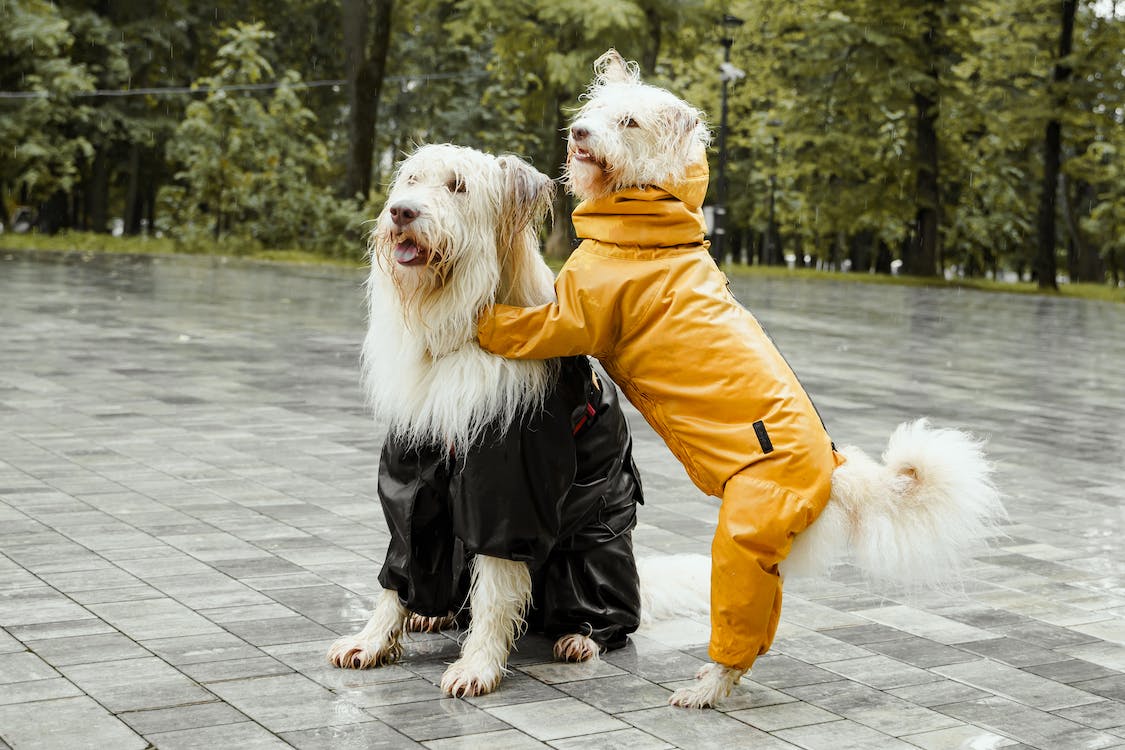Picture this: a timid pup, cowering at the slightest noise, or a dog that’s hesitant to explore the world. Now, envision the same dog, but this time with a sparkle in its eyes and a spring in its step, ready to conquer any challenge. This transformation is not just a figment of imagination but a feasible reality with the right confidence-building exercises.
Many of the troubles new puppy owners experience are down to low confidence issues in their dog. Instilling confidence in our canine companions is akin to nurturing a plant. It requires patience, understanding, and the right environment to flourish.
Understanding Canine Confidence
Before diving into the exercises, it’s crucial to understand what canine confidence looks like. Confidence in dogs is not about being the “alpha” or being aggressive. Rather, it’s about how they carry themselves, how they react to new or challenging situations, and their willingness to engage with their environment and their human companions.
A confident dog is curious but not reckless, cautious but not fearful, and assertive but not aggressive. Recognizing the signs of low confidence is key (breeds like Great Danes, Pugs and Greyhounds are some of these dogs). These can include excessive fear, reluctance to explore or play, or overly submissive behaviour.
The Building Blocks of Confidence
Positive Reinforcement
The cornerstone of building confidence is positive reinforcement. Celebrating your dog’s successes, no matter how small, with treats, praise, or a good belly rub, can go a long way. It tells your pooch, “Hey, you’re doing great, and I’m proud of you!”
Socialisation
Introducing your dog to new faces, both human and canine, as well as new environments, helps them understand that the unknown isn’t necessarily unnerving. It’s about creating positive associations with new experiences.
Training and Obedience
Basic obedience training is not just about commands. It’s about communication. As your dog learns to sit, stay, or heel, they’re also learning that they can trust you, that you’re a team, and that they’re safe following your lead.
Exploration and Play
Allow your dog to be a dog! Encouraging playtime and exploration helps your dog understand their environment and teaches them how to interact with it confidently.
Exercises to Boost Confidence
1. The Name Game
A dog knowing their name is the foundation of their identity and your bond. Call their name, and when they look at you, celebrate! It’s a simple but effective way to build trust and attention.
2. The Obstacle Course
Create a mini obstacle course at home. Use cushions, boxes, or anything safe for your dog to walk over, under, or through. This encourages problem-solving and adaptability. Remember, the goal is not speed but to build confidence through successful navigation.
3. Hide and Seek
Play hide and seek with treats or toys. Start simple by hiding them in plain sight and gradually increase the difficulty. This not only sharpens their senses but also instils a sense of achievement when they find the prize.
4. The Touch Game
Teach your dog to touch your hand on command. It’s a simple way to boost their confidence as they learn that initiating contact is rewarding and safe.
5. New Tricks for Old Dogs (and Young Pups!)
Teaching your dog new tricks is a fantastic way to boost their confidence. Whether it’s rolling over, playing dead, or a fancy handshake, learning and mastering new skills is a great confidence booster.
Advanced Confidence-Boosting Tactics
Once your dog has mastered the basics, it’s time to gently nudge their boundaries further. This doesn’t mean pushing them into uncomfortable situations, but rather slowly expanding their comfort zone.
Social Mastery
If your dog is comfortable with humans and other dogs, introduce them to a wider variety of people and animals. Ensure these introductions are controlled and positive. Dog parks or pet-friendly community events are great for this. Observing your dog’s body language is crucial. If they show signs of stress or discomfort, give them space and gradually reintroduce them to the social setting.
New Environment Exploration
Take your dog to new places. This could be as simple as a different route on your walk, a new park, or a pet-friendly store. The new smells, sights, and sounds offer a sensory feast for your dog and encourage adaptability and confidence.
Agility Training
If your dog is physically up for it, agility training can be a wonderful way to build confidence. Navigating tunnels, jumps, and weave poles not only provides physical exercise but also mental stimulation. It’s a fun way to strengthen your bond and build trust as your dog learns to follow your cues in a challenging environment.
Calmness Training
Sometimes, confidence is not about doing more, but about being comfortable with less. Training your dog to be calm in various situations is crucial. This can be done through ‘settle’ or ‘relax’ commands, or through controlled exposure to potentially stressful situations followed by rewards for calm behaviour.
It’s important to remember that building confidence doesn’t happen overnight. It’s a gradual process that requires patience from both you and your dog. Celebrate the small victories and don’t get discouraged by setbacks. Every dog has its own pace of learning and comfort.
Conclusion
Building your dog’s confidence is one of the most overlooked aspects of dog training. As you invest in these exercises, you’re not just training your dog, but you’re also creating a deeper, more meaningful relationship. Your dog will be more ready to engage with the world in a calm, relaxed manner, and you’ll have a happier, healthier companion for years to come.

